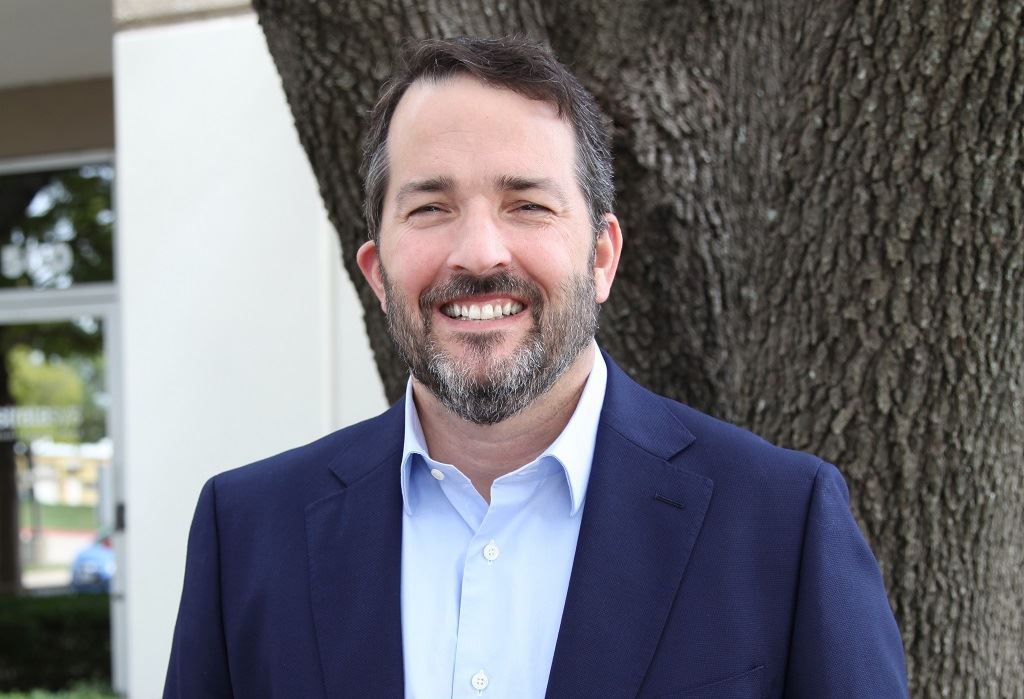![Stratasys Direct CEO Kent Firestone [Image: Stratasys]](https://fabbaloo.com/wp-content/uploads/2020/05/KentFirestone_img_5eb090c0c7c08.jpg) Stratasys Direct CEO Kent Firestone [Image: Stratasys]
Stratasys Direct CEO Kent Firestone [Image: Stratasys]
We chat with the CEO of Stratasys Direct Manufacturing about the rise of 3D printing for production, service bureau adoption, and the outlook for additive manufacturing.
As additive manufacturing becomes more dependable, contract manufacturers are increasingly upping their in-house capabilities.
Stratasys Direct
One of these contract manufacturers is Stratasys Direct Manufacturing. A subsidiary of Stratasys, the company was formed in 2014 through the merger of Solid Concepts, RedEye, and Harvest Technologies. Stratasys Direct is now a technology-agnostic supplier of services that, naturally, include a hefty helping of additive manufacturing.
We’ve been delving into their operations lately; last month I went to Texas to visit two of their six facilities for an inside look at the team’s work in aerospace and traceability, as well as some of the less obvious aspects of additive-powered contract manufacturing.
For a closer look, this week I caught up with the CEO of Stratasys Direct, Kent Firestone for a conversation about operations and outlook.
He brings to the table a long history in 3D printing — but that’s his story, so I’ll let him tell it. This is part one of our two-part interview.
Kent Firestone Speaks
Sarah Goehrke: Tell me a bit about yourself: How long have you been in the additive/3D printing industry? What has your journey in this industry looked like up to this point? How did you end up at Stratasys?
Kent Firestone: “I’ve been in the industry for 29 years. I started with 3D Systems in 1990 as an applications engineer. I was recruited there in my role prior to this industry, as a CNC programmer in the defense industry. I got recruited to 3D printing and decided it looked like a neat opportunity and I’ve been there since. I spent about 14 years working for hardware manufacturers, first 3D Systems then DTM Corporation in the first commercialized SLS machines. I was focused on process development, adding especially SLS support to be capable of producing production parts. For the last 15 years I’ve been in the parts business, first with Solid Concepts then, after the acquisition, with Stratasys Direct. At the acquisition time I was in charge of all operations, bringing operations together. I moved into the CEO role about two years ago, at the beginning of 2018.”
SG: Tell me about your vision for Stratasys Direct?
KF: “In general I want us to be the first company our customers think of in solving a manufacturing problem. In the industry I want us to be thought of as a partner in solving complex problems. I think we have some of that reputation, I’ve heard that echoed back to me from customers. It feels good and I want us to continue to grow that.”
SG: What differentiates Stratasys Direct from its competitors?
KF: “ We have a very personal level of service combined with deep expertise in additive manufacturing. Because of the way Stratasys Direct was created, we had and continue to have people in our organization who have been working with specific technologies for 25 years. It’s really hard to replace that level of expertise. We obviously have experts in FDM and SLS, we have established a reputation in the industry as experts in DMLS/DMLM over the last ten years, and of course SLA.”
SG: How has your business changed over the years?
KF: “What we’ve seen, especially over the last 10 years, is that I’d say we’re moving into more high-requirement work or production parts. Last year about 50% of our orders were for production work. A lot is focused in aerospace industry, some in others like medical, transportation, not to the same extent. That’s the biggest change over the last 10-15 years.”
SG: How do you feel the general service bureau industry has evolved?
KF: “To some extent it tends to be mirroring the general state of e-commerce and how people purchase things. We definitely see more online orders than we did even five years ago, especially for prototyping. More work is moving into contract manufacturing workflow so we have to as a business try to serve both of those segments equally well, which requires certain things on the prototyping side and certain things on the production side to try to stay competitive.”
SG: What do service bureaus/contract manufacturers need to do to stay competitive?
KF: “We have to continue to drive technological innovation, whether that be in-house or by bringing on new technologies as they evolve and come into the industry. Ultimately the reason we have to do that is to focus on providing innovative solutions. For instance, we have developed our own process specifications in certain areas where industry-wide standards didn’t exist at the time or still don’t exist. That’s an area where when entertaining new production work with new clients they need our guidance to do it well, so we try to serve that role in the industry.”
SG: What are customers requiring from companies like yours? How is it changing?
KF: “In general our customers are more informed about additive manufacturing than they were say 15 years ago. That results in higher requirements combined with higher expectations. 15, 20 years ago it was acceptable for a part to closely resemble a design, now that’s not acceptable. Looking at profile tolerance, all kinds of things we wouldn’t have thought of trying to achieve 15-20 years ago.”
We have more from Firestone in part two.
Via Stratasys Direct

